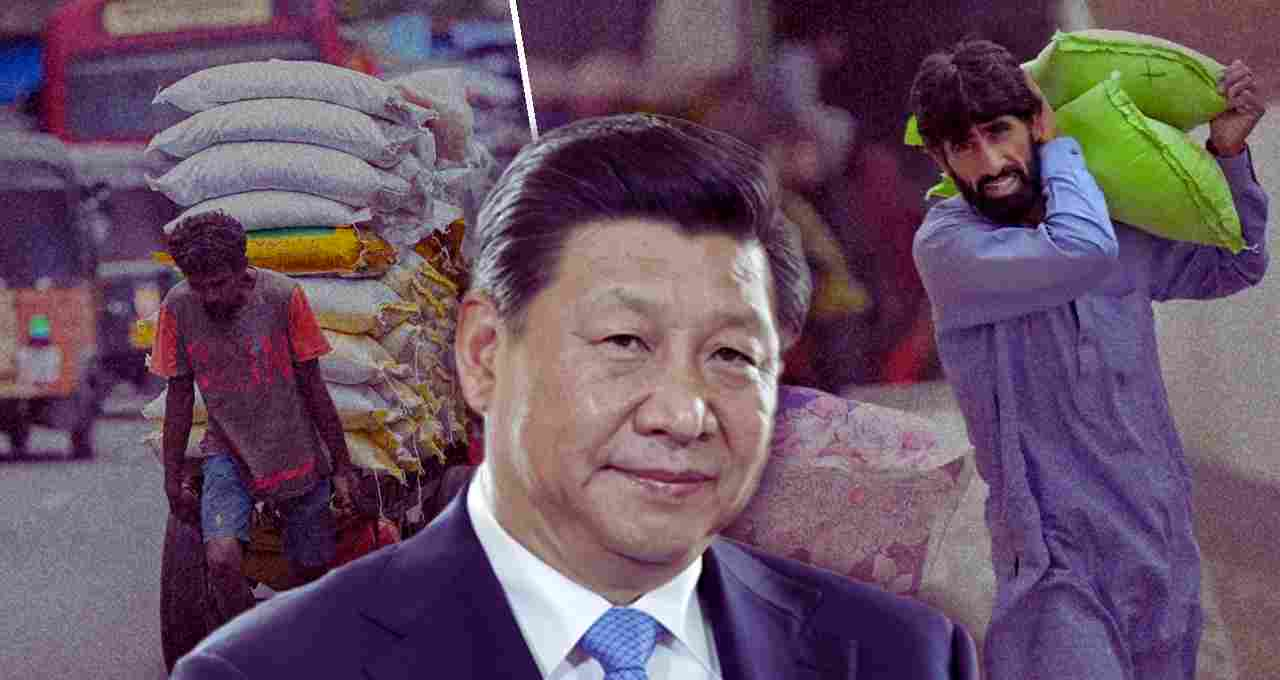China's rapid manufacturing growth and aggressive global market presence are now backfiring. Many countries have begun imposing steep tariffs to protect their domestic economies from the flood of inexpensive Chinese goods.
US Tariffs on China: China's production increase campaign, amounting to approximately $1.9 trillion, has sent ripples through the global industrial sector. The impact on the US market is clearly visible. The influx of cheap goods from China was putting increasing pressure on American manufacturers. In response, the US has taken decisive action to protect its industries.
US President Donald Trump announced on Wednesday that a 125% tariff would be imposed on all goods imported from China. Trump characterized this decision as a necessary and decisive step to protect the American manufacturing sector.
America's Strongest Action Yet: Announcement of a 125% Tariff
US President Donald Trump recently decided to impose a 125% tariff on all products imported from China. This is considered the most aggressive trade policy to date, described by Trump as a "necessary step" to protect American manufacturers. Simultaneously, the US granted other countries a 90-day grace period with a 10% tariff, but China is explicitly excluded. This clearly signals that the US has openly challenged China's overproduction policy.
China's Strategy: Flooding the Market with Factories Through Massive Investment
Over the past four years, China has diverted approximately $2 trillion from real estate and housing sectors into industries. Furthermore, a recent investment of $1.9 trillion has propelled global overproduction to new heights. As a result, companies like BYD have been establishing new factories, increasing the global supply of everything from electric vehicles to fertilizers.
Global Response: Unity Against China

• The European Union has imposed a 45.3% tariff on Chinese electric vehicles.
• Brazil has increased import duties on metals and fiber optic cables.
• Mexico and Thailand are also considering imposing stricter tariffs on imports from China.
• This indicates that not only the US, but other major economies are also concerned about China's "dumping strategy."
Impact: Increased Trade Deficit, US on Alert

China's exports increased by 13% and 17% in 2023 and 2024 respectively, contributing 20% to its GDP. In contrast, US exports account for only 11% of its GDP, lower than figures from 2012. The US trade deficit with China has reached $295 billion, raising concerns among US policymakers.
The aggressive strategy China employed to capture the global market is now manifesting as a global backlash. If countries continue to impose such strict import tariffs, China's overcapacity and dumping policies could destabilize its own economic foundation.













